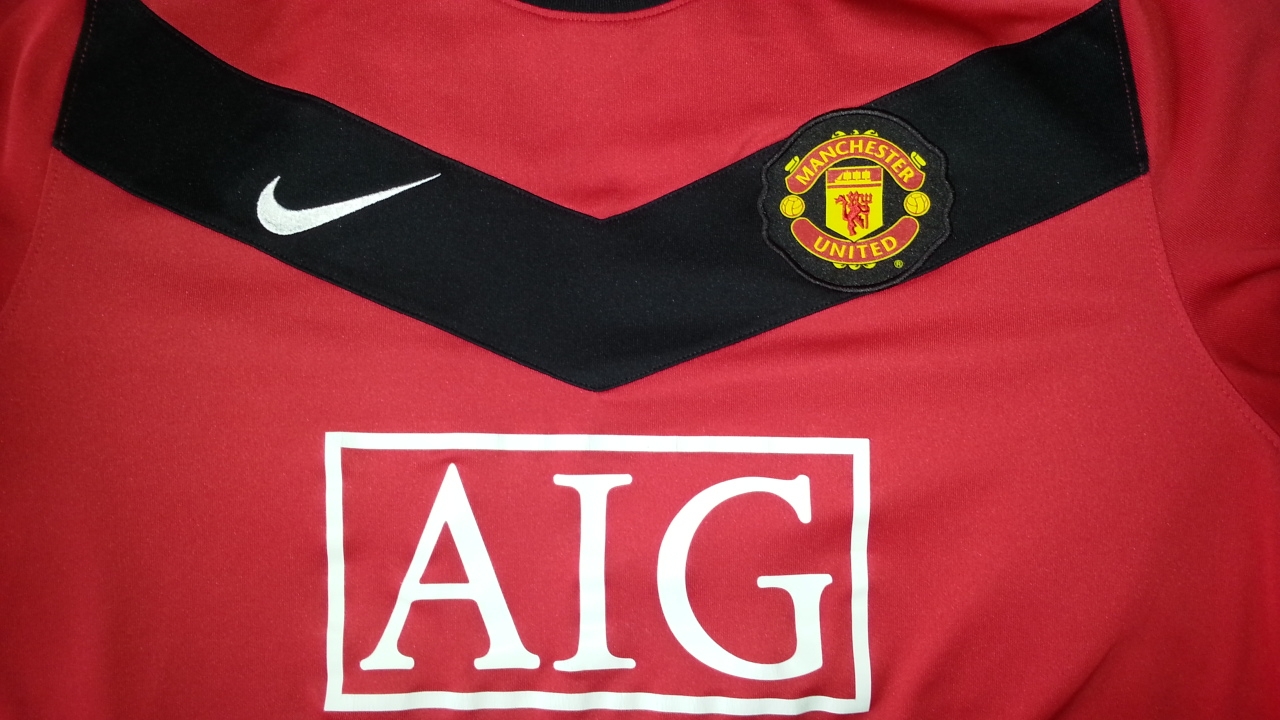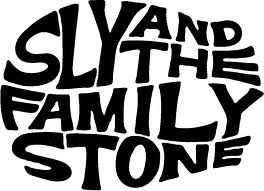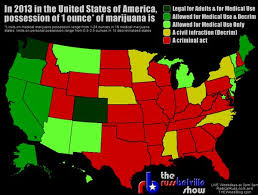Sly and the Family Stone came out with “Let me take you higher” in 1969, it seems a sales trader at a large Wall St firm has taken those boom lacka lacka, boom lacka lacka lyrics to heart.
It’s true, it happened, as to whether or not it’s legal, that’s why the SEC is going after him. The WSJ has a story about an investigation into prices for mortgage bonds paid by investors. Apparently the SEC filed a lawsuit that lays out the texts from a trader to his clients, who sold them mortgage bonds with hidden commissions (bond commissions are quoted in ticks, and 32 ticks equal 1 point or 1%).
So for example, if you traded $10 mm bonds with 4 ticks, your commission is $12,500 (10 Million x 1% then divide by 32 x 4 ticks). Depending on (true) market supply demand conditions, 4 ticks is sort of the standard commission rate, it’s one eighth of a point (4/32). It also depends on whether the bond is being sold out of inventory or as a market maker. Similar investigations going on as reported here.
TEXT MESSAGE TRADES
The text message trades named in the lawsuit took place from 2009 to 2011 and generated more than $2.7 million in extra profit (hidden commissions also called hidden mark ups) to the traders’ employer. Since there were about 30 trades, each trade averaged about $100k in illicit hidden profit. Wrap your head around that; EACH trade contained $100,000 in hidden commissions. Sort of sounds easier, safer and more profitable than illegal smuggling huh? Interestingly, the trader (don’t know how they could have arrived at this figure) received bonuses totaling $11.7 Million. Plus I assume a salary in addition to the bonuses for the years 2009, 2010 and 2011.
Wall St Derivatives – based bonus crowd compared to hourly-based wages and earnings
This is part (not the illegal part) of the derivatives – based bonus crowd that takes place EVERY day on Wall St. Send a few texts, make thousands in minutes. Not to be confused (or conflated away) with the hourly-based, work-based or piece-based wage crowd that millions of office workers, fast food, factory workers, truck drivers bust their butts for EVERY day all around the world.
An excerpt from Bloomberg
Employees at the six biggest banks made twice the average for all U.S. workers in 2010, based on Bureau of Labor Statistics hourly compensation cost data. The banks spent $146.3 billion on compensation in 2010, or an average of $126,342 per worker, according to data compiled by Bloomberg. That’s up almost 20 percent from five years earlier compared with less than 15 percent for the average worker. Average pay at the banks in 2010 was about the same as in 2007, before the bailouts.
[Banks] ‘Wanted to Pretend’
“The pay levels came back so fast at some of these firms that it appeared they really wanted to pretend they hadn’t been bailed out,” says Anil Kashyap, a former Fed economist who’s now a professor of economics at the University of Chicago Booth School of Business. “They shouldn’t be surprised that a lot of people find some of the stuff that happened totally outrageous.”
MBS prices 2009-2011 compared to 2007-2008
It’s interesting to compare and contrast MBS prices in 2009 to 2011 to the 2007 and 2008 period.
In the 2009 to 2011 lawsuit, the highest price paid was 89, the lowest 19, most fell into the 50 to 60 cents on-the-dollar area. In 2007 and 2008 the SEC put out a few pages that give insight into MBS prices then too, (note – in the bond market prices are often referred to as “levels’). In 2009 to 2011, with several trillions (Bloomberg estimated, NPR ran a story here upwards of $7 Trillion before the Fed’s $3 Trillion plus QE programs) worth of US government support actual trades still took place but at pretty hefty discounts from par. Bear in mind all the MBS traded and named in the SEC lawsuit were previously rated AAA by one of the nationally recognized statistical ratings organizations (also known as ratings agencies) like Standard & Poors, Moodys’, Fitch or Duff & Phelps.
A reader’s comment on the Bloomberg article says it this way “Oh, and by the way they didn’t have the 7.77 trillion, they created it.”
 Before the financial crisis was allowed to happen however, prices as result of actual, arms-length third party MBS trades were hard to find. As the largest insurance company in the world, and at the time the largest counterparty in the world said “there’s NO two way market”. Similarly, the SEC trial against two Bear Stearn’s hedge fund managers, Cioffi and Tanin revealed – remarks such as “there is NO market” for bids MBS (so as to enable price quotes for positions in the two funds) in about April / May 2007. So the prices of MBS before were likely not market – based, therefore less reliable and much less than par. Yet the largest banks (and even some regional banks) were still valuing certain trillions of MBS and related derivatives like CDO’s at or near par. Not to mention this largest counterparty and its 2nd largest client were locked in a multi-billion dollar cash collateral call dispute which they privately agreed to disagree from July 2007 to September 2008, no less than eleven times in a “side – letter.” And the dispute concerned? Prices of MBS. Only on Wall St, and it appears only at certain dealer banks (formerly known as Consolidated Supervised Entities), were things like this permitted.
Before the financial crisis was allowed to happen however, prices as result of actual, arms-length third party MBS trades were hard to find. As the largest insurance company in the world, and at the time the largest counterparty in the world said “there’s NO two way market”. Similarly, the SEC trial against two Bear Stearn’s hedge fund managers, Cioffi and Tanin revealed – remarks such as “there is NO market” for bids MBS (so as to enable price quotes for positions in the two funds) in about April / May 2007. So the prices of MBS before were likely not market – based, therefore less reliable and much less than par. Yet the largest banks (and even some regional banks) were still valuing certain trillions of MBS and related derivatives like CDO’s at or near par. Not to mention this largest counterparty and its 2nd largest client were locked in a multi-billion dollar cash collateral call dispute which they privately agreed to disagree from July 2007 to September 2008, no less than eleven times in a “side – letter.” And the dispute concerned? Prices of MBS. Only on Wall St, and it appears only at certain dealer banks (formerly known as Consolidated Supervised Entities), were things like this permitted.
We are coming up on the 4 year anniversary of the FCIC hearings, Mr Kyle Bass, in my view produced the single most important and useful page in the entire FCIC library, ironically page 13 of his January 15, 2010 testimony. Link here, (C-Span here) you will find $16.4 Trillion dollars of gross leverage (also known as the dollar amount of assets, etc. not fully paid for). At the time US GDP (the value of all good and services produced in a year) was less than $15 Trillion dollars.
Something we are all still scratching our heads over, while the select few charlatans still wave the flag and celebrate (their version of) free market capitalism. In the aftermath, of 3,000 times leverage upon home equity hidden within the Shadow Banking system, compared to the decades – long 40 times. We have Sherrod Brown’s (former Senator OH) comment from 2010 upon learning of the secret emergency loans to certain banks.
“When a few banks have advantages, the little guys get squeezed,” Brown says. “That, to me, is not what capitalism should be.”
Good news, despite the line by Jake, from Takashi Shimizu’s 2014 Flight 7500, these jobs are still there, make $5k or more on a trade, or make up to $600k, texting skills required. Oh almost forgot, it’s not so hard, because you’ll have access to a daily IT department budget in the tens of millions of dollars too, but only at the largest, most sophisticated banks.
Updates – see recent news from CNN, Bloomberg, Bloomberg, MSN Money and Reuters and Baseline Scenario.
More information at info@fiduciaryexpert.com or (310) 943-6509
Copyright Chris McConnell & Associates 2014 All rights reserved


